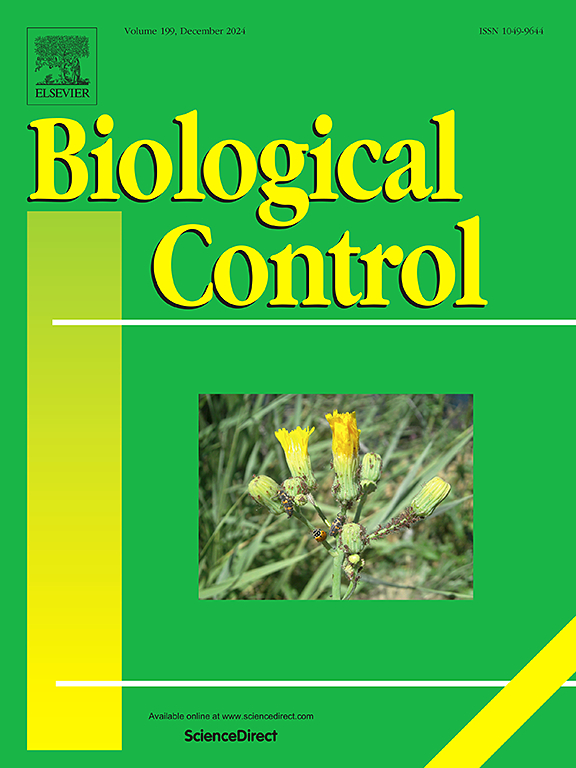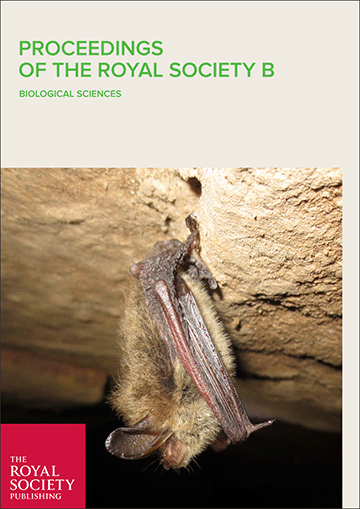Download:
DOI:
https://doi.org/10.1002/ece3.1303Altmetric score:
Dimensions Citation Count:
Publication year
2016
Authors
Hudson, L.N.; Newbold, T.; Contu, S.; Hill, S.L.L.; Lysenko, I.; De Palma, A.; Phillips, H.R.P.; Senior, R.A.; Bennett, D.J.; Booth, H.; Choimes, A.; Correia, D.L.P.; Day, J.; Echeverría-Londoño, S.; Garon, M.; Harrison, M.L.K.; Ingram, D.J.; Jung, M.; Kemp, V.; Kirkpatrick, L.; Martin, C.D.; Pan, Y.; White, H.J.; Aben, J,; Abrahamczyk, S.; Adum, G.B.; Aguilar-Barquero, V.; Aizen, M.A.; Ancrenaz, M.; Arbeláez-Cortés, E.; Armbrecht, I,; Azhar, B.; Azpiroz, A.B.; Baeten, L.; Báldi, A.; Banks, J.E.; Barlow, J.; Batáry, P.; Bates, A.J.; Bayne, E.M.; Beja, P.; Berg, A.; Berry, N.J.; Bicknell, J.E.; Bihn, J.H.; Böhning-Gaese, K.; Boekhout, T.; Boutin, C.; Bouyer, J.; Brearley, F.Q.; Brito, I.; Brunet, J.; Buczkowski, G.; Buscardo, E.; Cabra-García, J.; Calviño-Cancela, M.; Cameron, S.A.; Cancello, E.M.; Carrijo, T.F.; Carvalho, A.L.; Castro, H.; Castro-Luna, A.A.; Cerda, R.; Cerezo, A.; Chauvat, M.; Clarke, F.M.; Cleary, D.F.R.; Connop, S.P.; D'Aniello, B.; da Silva, P.G.; Darvill, B.; Dauber, J.; Dejean, A.; Diekötter, T.; Dominguez-Haydar, Y.; Dormann, C.F.; Dumont, B.; Dures, S.G.; Dynesius, M.; Edenius, L.; Elek, Z.; Entling, M.H.; Farwig, N.; Fayle, T.M.; Felicioli, A.; Felton, A.M.; Ficetola, G.F.; Filgueiras, B.K.C.; Fonte, S.J.; Fraser, L.H.; Fukuda, D.; Furlani, D.; Ganzhorn, J.U.; Garden, J.G.; Gheler-Costa, C.; Giordani, P.; Giordano, S.; Gottschalk, M.S.; Goulson, D.; Gove, A.D.; Grogan, J.; Hanley, M.E.; Hanson, T.; Hashim, N.R.; Hawes, J.E.; Hébert, C.; Helden, A.J.; Henden, J.-A.; Hernández, L.; Herzog, F.; Higuera-Diaz, D.; Hilje, B.; Horgan, F.G.; Horváth, R.; Hylander, K.; Isaacs-Cubides, P.; Ishitani, M.; Jacobs, C.T.; Jaramillo, V.J.; Jauker, B.; Jonsell, M.; Jung, T.S.; Kapoor, V.; Kati, V.; Katovai, E.; Kessler, M.; Knop, E.; Kolb, A.; Korösi, A.; Lachat, T.; Lantschner, V.; Le Féon, V.; LeBuhn, G.; Légaré, J.-P.; Letcher, S.G.; Littlewood, N.A.; López-Quintero, C.A.; Louhaichi, M.; Lövei, G.L.; Lucas-Borja, M.E.; Luja, V.H.; Maeto, K.; Magura, T.; Mallari, N.A.; Marin-Spiotta, E.; Marshall, E.J.P.; Martínez, E.; Mayfield, M.M.; Mikusinski, G.; Milder, J.C.; Miller, J.R.; Morales, C.L.; Muchane, M.N.; Muchane, M.; Naidoo, R.; Nakamura, A.; Naoe, S.; Nates-Parra, G.; Navarrete Gutierrez, D.A.; Neuschulz, E.L.; Noreika, N.; Norfolk, O.; Noriega, J.A.; Nöske, N.M.; O'Dea, N.; Oduro, W.; Ofori-Boateng, C.; Oke, C.O.; Osgathorpe, L.M.; Paritsis, J.; Parra-H, A.; Pelegrin, N.; Peres, C.A.; Persson, A.S.; Petanidou, T; Phalan, B.; Philips, T.K.; Poveda, K.; Power, E.F.; Presley, S.J.; Proença, V.; Quaranta, M.; Quintero, C.; Redpath-Downing, N.A.; Reid, J.L.; Reis, Y.T.; Ribeiro, D.B.; Richardson, B.A.; Richardson, M.J.; Robles, C.A.; Römbke, J.; Romero-Duque, L.P.; Rosselli, L.; Rossiter, S.J.; Roulston, T.H.; Rousseau, L.; Sadler, J.P.; Sáfián, S.; Saldaña-Vázquez, R.A.; Samnegård, U.; Schüepp, C.; Schweiger, O.; Sedlock, J.L.; Shahabuddin, G.; Sheil, D.; Silva, F.A.B.; Slade, E.M.; Smith-Pardo, A.H.; Sodhi, N.S.; Somarriba, N.S.; Sosa, R.A.; Stout, J.C.; Struebig, M.J.; Sung, Y.-H.; Threlfall, C.G.; Tonietto, R.; Tóthmérész, B.; Tscharntke, T.; Turner, E.C.; Tylianakis, J.M.; Vanbergen, A.J.; Vassilev, K.; Verboven, H.A.F.; Vergara, C.H.; Vergara, P.M.; Verhulst, J.; Walker, T.R.; Wang, Y.; Watling, J.I.; Wells, K.; Williams, C.D.; Willig, M.R.; Woinarski, J.C.Z.; Wolf, J.H.D.; Woodcock, B.A.; Yu, D.W.; Zaitsev, A.S.; Collen, B.; Ewers, R.M.; Mace, G.M.; Purves, D.W.; Scharlemann, J.P.W.; Purvis, A.
Language
English
Keywords
databases, change, habitat destruction, land use
























